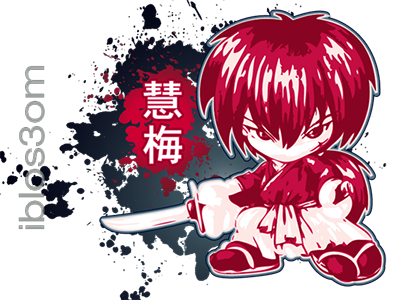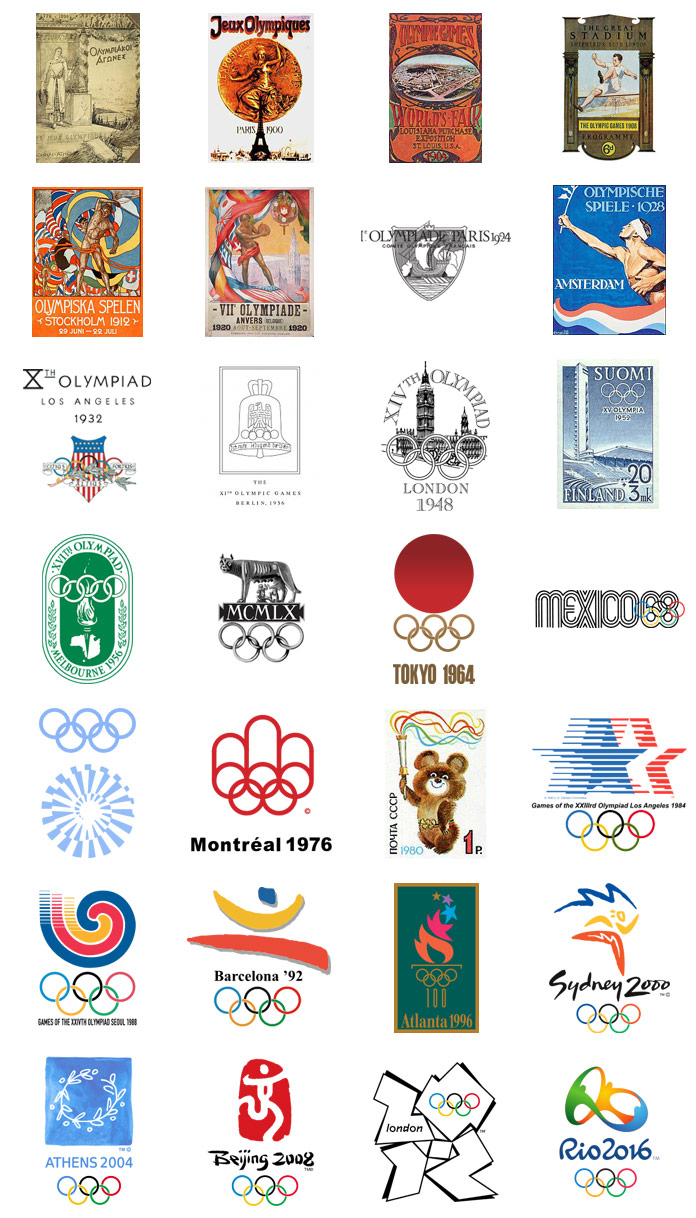
With the summer Olympics just weeks away (Aug. 5-21, 2016), forget about the turmoil the host country is having (politics, economics, and one pesky little mosquito that won’t go away). Instead, here’s a look at the 28 logo designs through the years.
1896 | Athens, Greece
The first Summer Olympic Games was held from April 6 – April 15, 1896 in Athens, Greece. It was the first international Olympic Games held in the modern era. Because Ancient Greece was the birthplace of the Olympic Games, Athens was considered to be an appropriate choice to stage the inaugural modern Games.
This illustration, which is often named as the poster of the Games, refers to the ancient Greek origin of the games.
Women were not allowed to compete at the 1896 Summer Olympics. However, one woman, Stamata Revithi, ran the marathon course on 11 April, the day after the men had run the official race.
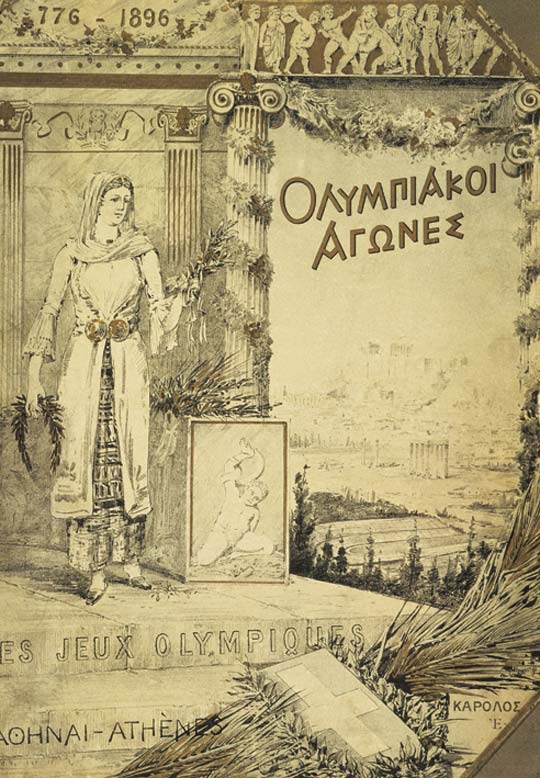
1900 | Paris, France
Paris was chosen to host the Games of the II Olympiad from May 14 – October 28, 1900. The Games were held as part of the 1900 World’s Fair. It was an international multi-sport event with neither an opening or closing ceremonies. 997 competitors took part in 19 different sports. Most of the winners did not receive medals, but were given cups or trophies.
The official poster shows a coin and the Eiffel Tower in front of it. “Jeux Olympiques” headlines the top of the print with the Parisian cityscape at the bottom of the print. The poster design was simple and effective.
Women took part in the games for the first time and sailor Hélène de Pourtalès became the first female Olympic champion.
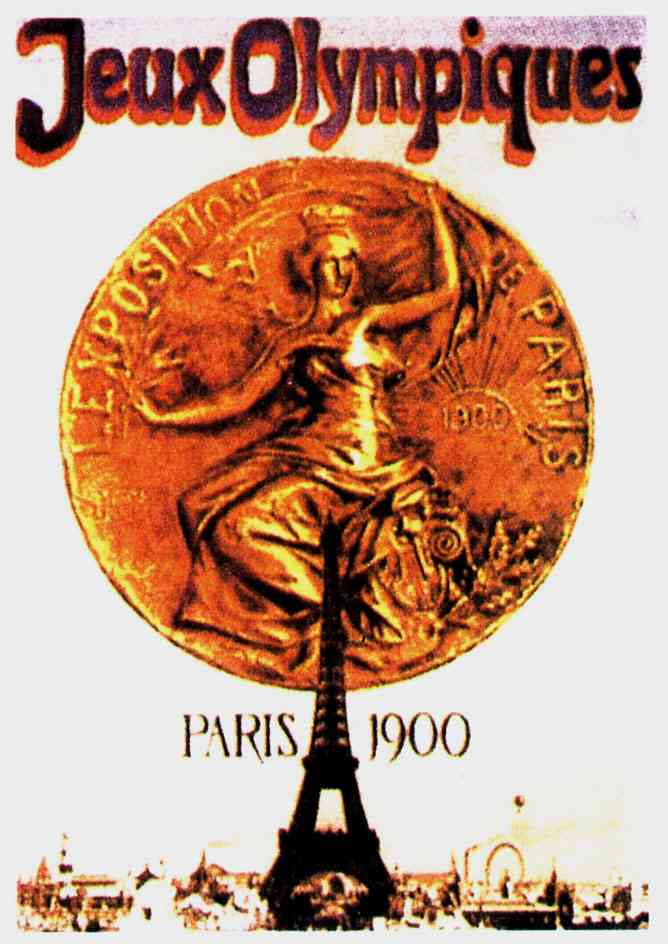
1904 | St. Louis, United States
St. Louis, United States was the host of the Games of the III Olympiad, from July 1 – November 23, 1904. The city of St. Louis hosted athletes from 12 nations to participate in 94 events of 16 sports. It was the first time the Olympic Games were held in a majority English-speaking nation, and the first time that they were held outside of Europe.
The cover design of the expo’s daily program was used for the poster. Accompanied by ornaments, it is written in bold letters, with the middle of the poster showcasing the city.
The city of Chicago, Illinois originally won the bid to host the 1904 Summer Olympics, but the organizers of the Louisiana Purchase Exposition in St. Louis would not accept another international event in the same time frame. Pierre de Coubertin, the founder of the modern Olympic movement, gave in and awarded the games to St. Louis.
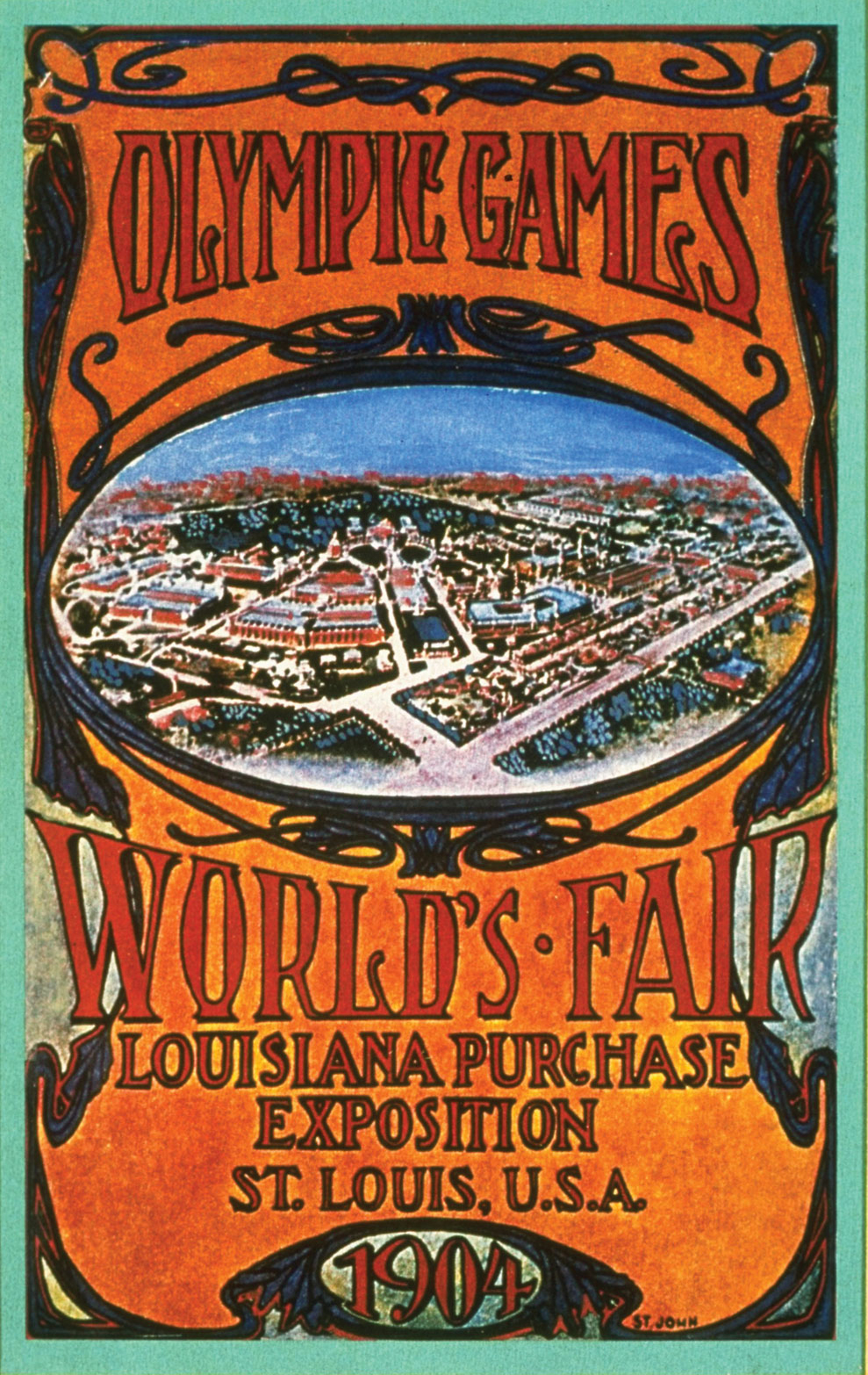
1908 | London, United Kingdom
The Games of the IV Olympiad returned to Europe in the form of host city London, United Kingdom from April 27 – October 31, 1908. It was originally scheduled to be held in Rome, but was relocated to London after the disastrous eruption of Mt. Vesuvius in 1906, which devastated the city of Naples.
The image of an athlete was painted by Arthur Stockdale Cope. For the first time, the design relates more to the sporting event rather than the hosting city. The illustration was used on the official program and poster design.
The Games lasted a total of 187 days (6 months and 4 days); the games were the longest in modern Olympics history. The games were not without its own controversy. On the opening day, teams paraded behind national flags. Finland, still part of the Russian Empire, were expected to march under the Russian rather than Finnish flag. But the Finnish team chose to march without a flag at all. Also, since the Swedish flag was not displayed above the stadium, the members of the Swedish team decided not to take part in the ceremony. Finally, the flag bearer of the US team refused to dip the flag in greeting to King Edward VII.
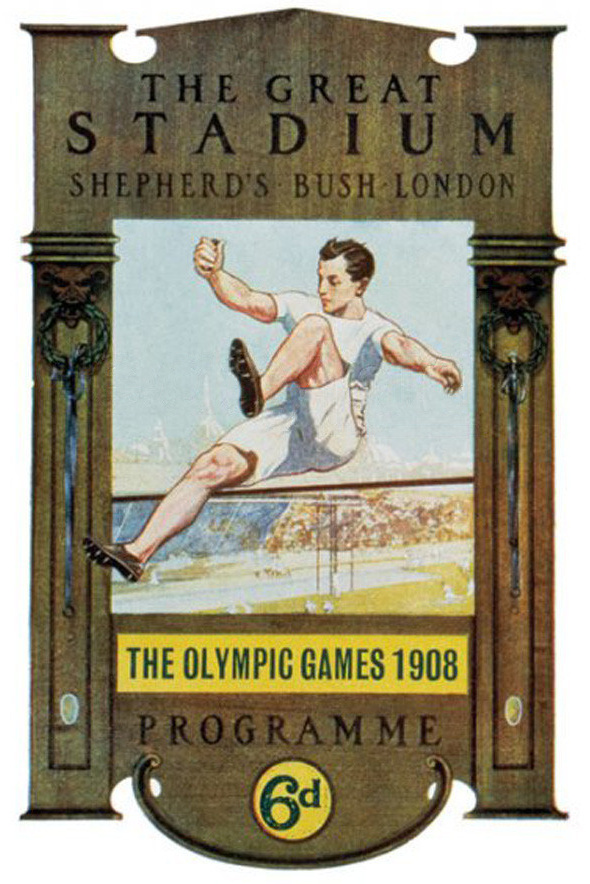
1912 | Stockholm, Sweden
In 1912, Sweden’s capital city became the host of the Games of the V Olympiad. The event was held between May 5 and July 22, 1912. Twenty-eight nations and 2,408 competitors, including 48 women, competed in 102 events in 14 sports. It was the last Olympics to issue solid gold medals and, with Japan’s debut, the first time an Asian nation participated.
The official logo was created by Olle Hjortzberg. His painting refers to both Ancient Greece and the international community of all participating countries. The official poster design looks friendly and inviting.
For the first time, art competitions, women’s diving and swimming, decathlon and the new pentathlon were introduced.
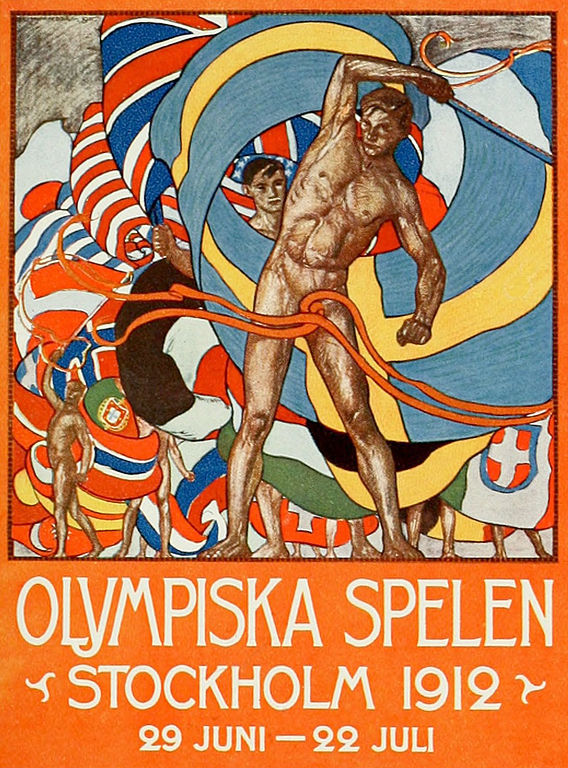
1920 | Antwerp, Belgium
Due to World War I, the Games of 1916 in Berlin, Germany was canceled. The city of Antwerp became the first host of the sporting event after the war from April 20 – September 12, 1920. The Games of the VII Olympiad had sanctions against the nations that lost in the war and were blamed for starting it. Hungary, Germany, Austria, Bulgaria, and the Ottoman Empire were banned from competing in the Games. Germany remained banned until 1925.
Similar to Olle Hjortzberg’s artwork 8 years ago, the poster of the Games in Antwerp refers to both Ancient Greece and the participating nations. 90,000 copies of the poster were printed in 17 languages, including bilingual versions in French and Flamish.
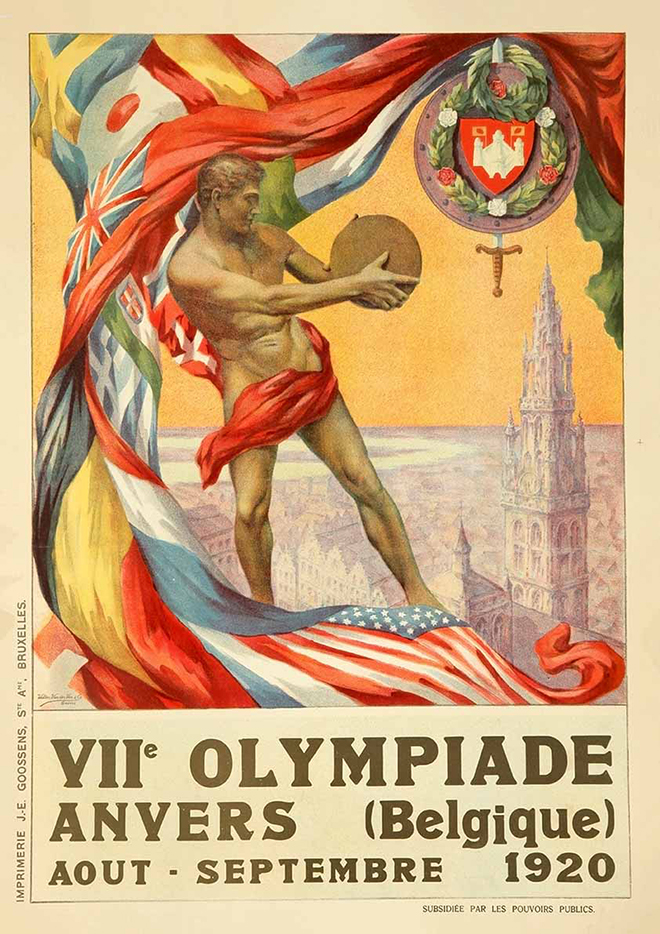
1924 | Paris, France
The Games of the VIII Olympiad return to host city Paris for a second time (after the first in 1908). The selection process in 1921 for the 1924 Summer Olympics consisted of six bids, and saw Paris selected ahead of Amsterdam, Barcelona, Los Angeles, Prague and Rome. The cost of the Games of the VIII Olympiad was estimated to be 10,000,000₣. With total receipts at 5,496,610₣, the Olympics resulted in a hefty loss despite crowds that reached 60,000 people at that time.
In contrast to the poster and signboard paintings of previous years, the official logo of the 1924 Summer Olympics in Paris was based on a simple line drawing and serif lettering.
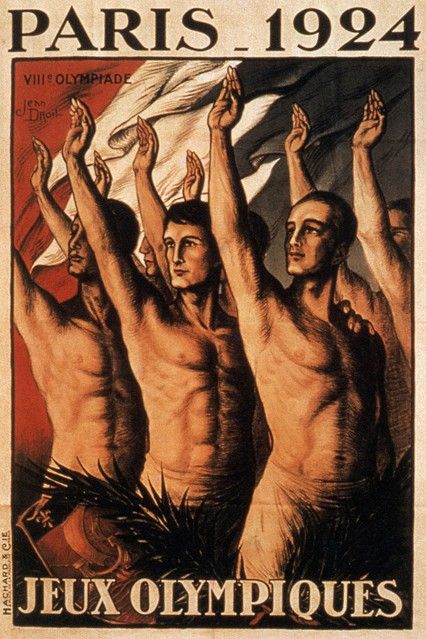
1928 | Amsterdam, Netherlands
The Games of the IX Olympiad was celebrated between July 28 and August 12, 1928 in Amsterdam, Netherlands. Amsterdam was only up against Los Angeles for the 1928 bid for host to the Games.
Los Angeles would host the Olympics four years later. The United States Olympic Committee measured the costs and revenue of the 1928 Games in preparation for the 1932 Summer Olympics: reporting a total cost of US$1.183 million with receipts of US$1.165 million for a loss of US$18,000 — much less than that of the previous Games.
The poster illustrates the Olympic spirit. The copyright is believed to belong to the International Olympic Committee.

1932 | Los Angeles, United States
In 1932, the the Games of the X Olympiad was back in the United States of America. Los Angeles was the only city who made a bid to host the event during the worldwide Great Depression.
The logo creates a connection between the stars and stripes of the American flag and the Olympic rings.
Since the Games were held during the Great Depression, many nations and athletes were unable to pay for the trip to Los Angeles. Fewer than half the participants of the 1928 Summer Olympics in Amsterdam returned to compete in 1932. The organizing committee put no record of the finances of the Games in their report, though contemporary newspapers reported that the Games had made a profit of US$1,000,000.
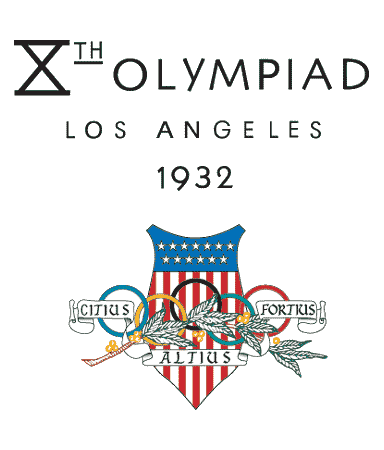
1936 | Berlin, Germany
Two years before the Nazis came to power, Berlin won the bid to host the Games over Barcelona, Spain, on April 26, 1931. 1936 became a dark chapter of the Games of the XI Olympiad.
Reich Chancellor Adolf Hitler saw the event as an opportunity to promote his ideals of racial supremacy. The official Nazi party paper, the Völkischer Beobachter, wrote that Jews should not be allowed to participate in the Games. However, when threatened with a boycott of the Games by other nations, he relented and allowed all ethnicities to participate.
The logo design was ahead of its time: based entirely on a simple line graphic. The games were the last before World War II broke out.
To outdo the Los Angeles games of 1932, Germany built a new 100,000-seat track and field stadium, six gymnasiums, and many other smaller arenas. The games were the first to be televised, and radio broadcasts reached 41 countries.
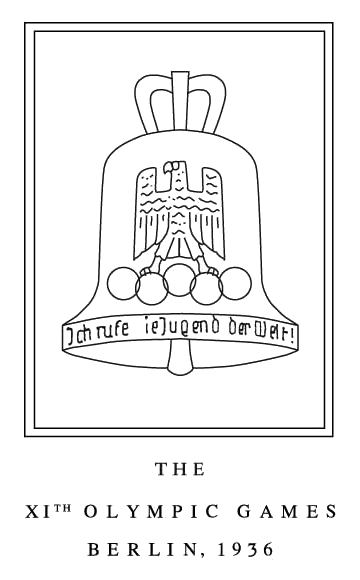
1948 | London, United Kingdom
After a 12-year break because of World War II, London was given the opportunity to host the event for the second time (the first in 1908). The Games of the XIV Olympiad in 1940 had been scheduled for Tokyo, and then for Helsinki; the 1944 Games had been provisionally planned for London. (London also became the host city for the third time in 2012, making it thus far the only city to host the games three times.) 4,104 athletes from 59 countries participated in 136 competitions from July 29 – August 14, 1948.
The graphic has the Palace of Westminster behind the Olympic rings. The headline “XIV the Olympiad” is written in a semi-circular shape, while “London 1948” is written straight at the bottom of the design.
The event came to be known as the “Austerity Games,” because of the economic climate and post-war rationing. No new venues were built for the games, and athletes were housed in existing accommodation instead of an Olympic Village as were the 1936 Games and the subsequent 1952 Games. A record 59 nations were represented by 4,104 athletes, 3,714 men and 390 women, in 19 sport disciplines. Germany and Japan were banned; USSR was invited but chose not to send any athletes.
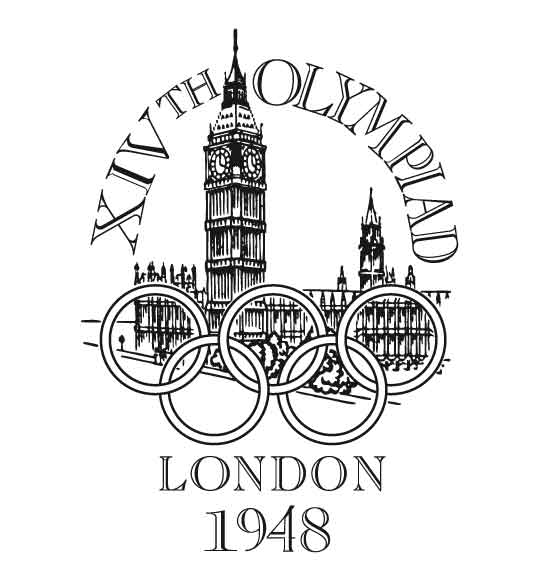
1952 | Helsinki, Finland
The Games of the XV Olympiad was held between July 19 and August 3, 1952 in Helsinki, Finland. The city is the northernmost city at which a summer Olympic Games has been held.
The design was printed on a postage stamp. It depicts the tower and stand of the Helsinki Olympic Stadium. The word “SUOMI” and the Olympic rings lie at the top of the blue background on the right side of the postage stamp.
The Games was also where the most number of world records were broken until it was surpassed by the 2008 Summer Olympics in Beijing. The Soviet Union, the People’s Republic of China, Israel, and Saarland made their Olympic debuts in Helsinki 1952.
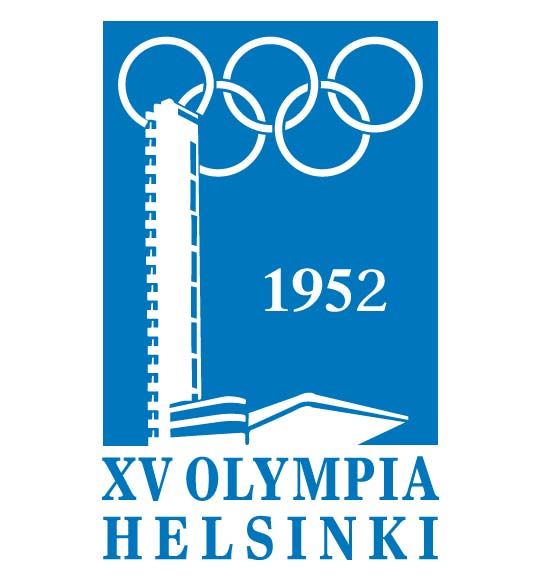
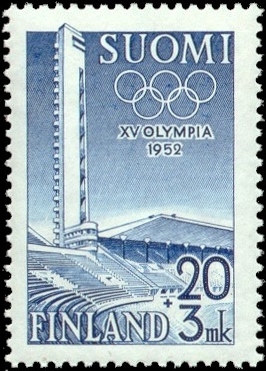
1956 | Melbourne, Australia
In 1956, the Games of the XVI Olympiad went to Melbourne, Australia. Because of the reverse seasons of the southern hemisphere, the event took place between November 22 and December 8, 1956. 3,314 athletes from 72 nations took part in the event.
The logo was designed in a uniform green color showing the rings and the Olympic flame above the silhouette of Australia.
The 1956 Games were the first to be staged in the Southern Hemisphere and Oceania, as well as the first to be held outside Europe and North America. Melbourne is the southernmost city to host the games. Equestrian events could not be held in Australia due to quarantine regulations. Instead it was held five months earlier in Stockholm. This was the second Olympics not to be held entirely in one country, the first being the 1920 Summer Olympics, which Antwerp, Belgium co-hosted with Amsterdam and Ostend.
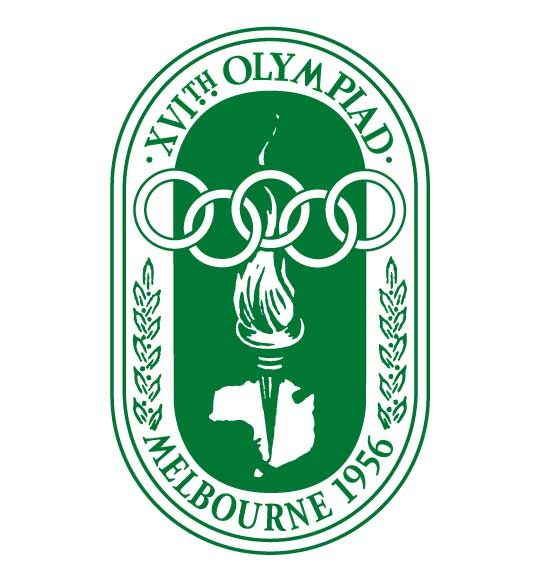
1960 | Rome, Italy
The historic city of Rome was the next host the Games of the XVII Olympiad. Held from August 25 to September 11, this event invited 5,338 athletes from 83 countries to participate in 150 competitions.
After missing its first chance to host in 1908, the games finally found its footing in Rome.
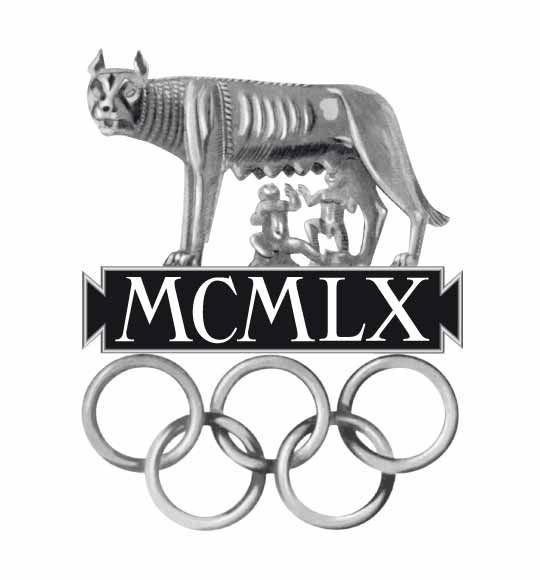
1964 | Tokyo, Japan
Tokyo was initially awarded to host the 1940 Summer Olympics, but it was rescinded and canceled after Japan invaded China and the outbreak of World War II. The Games of the XVIII Olympiad took place from October 12 – October 24, 1964 to avoid the city’s midsummer heat and humidity and the September typhoon season.
The logo for the 1964 summer Olympics in Tokyo is based on a unique and minimalist design, which conveys a modern appearance. The red circle of Japan’s flag, signifying the sun, sits atop the rings.
The 1964 Summer Games were the first Olympics held in Asia, and the first time South Africa was barred from taking part due to its apartheid system in sports. (South Africa, however, competed at the 1964 Summer Paralympics, in Tokyo, where it made its Paralympic Games debut.)
These games were also the first to be telecast internationally without the need for tapes to be flown overseas. These were also the first Olympic Games to have color telecasts, albeit partially, on events like sumo wrestling and judo matches.
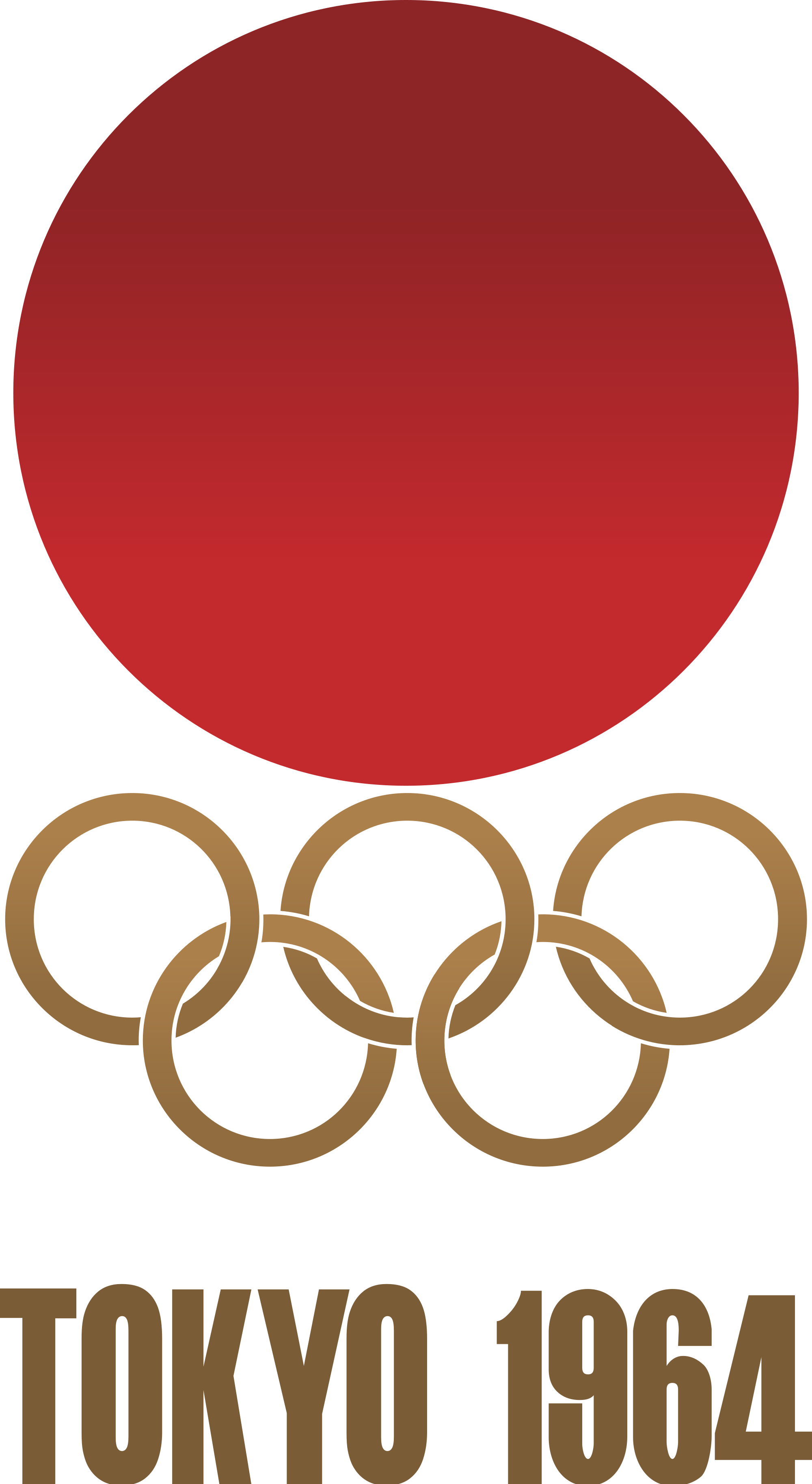
1968 | Mexico
The 1968 Summer Olympics, Games of the XIX Olympiad, were held from October 12 – October 27 in Mexico City, Mexico. 5,516 athletes from 112 countries have participated in 172 competitions.
The official logo combines the five Olympic rings with the year. The design by Pedro Ramirez Vazquez, Eduardo Terrazas, and Lance Wyman is inspired by the patterns of the Huichole Indians.
It was the first Olympic Games to be staged in Latin America and the first in a Spanish-speaking country. It was also the first Games to be held in a developing country (all previous Games were held in First World countries). They were also the first Games to use an all-weather (hard) track for track and field events instead of a traditional cinder track.
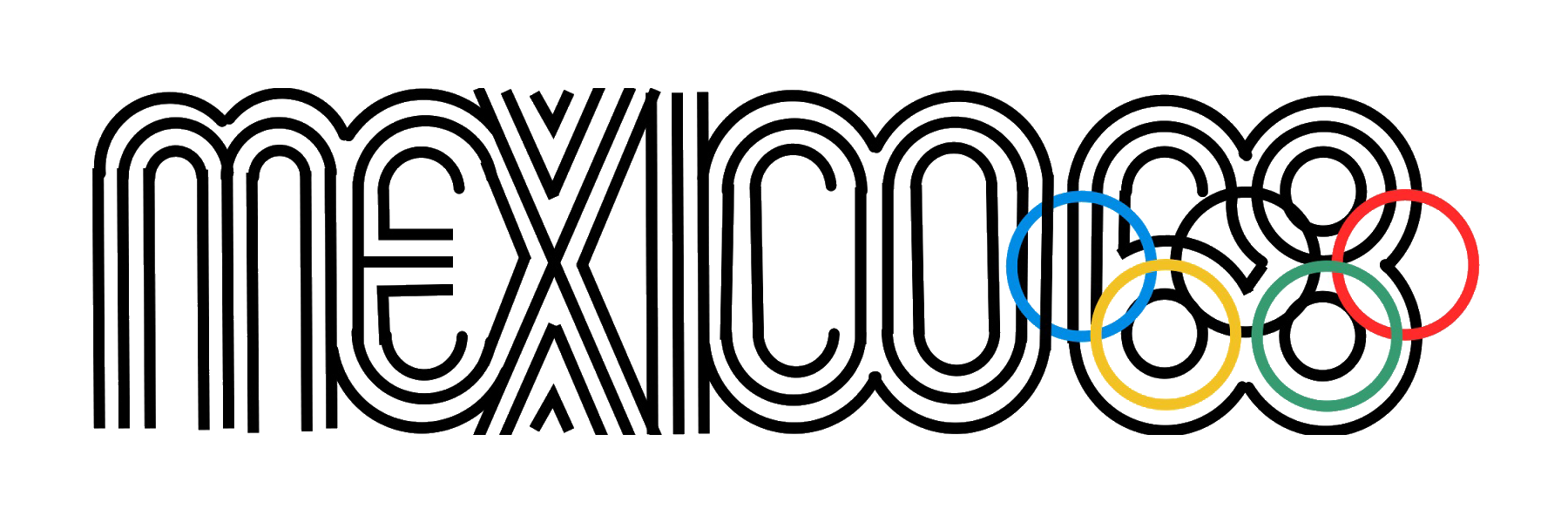
1972 | Munich, West Germany
The 1972 Summer Olympics, the Games of the XX Olympiad, was held in Munich, West Germany, from August 26 to September 11, 1972. Host city West Germany, mindful of its connection to the Nazi regime, was eager to take the opportunity of the games to present a new, democratic and optimistic Germany to the world, as shown by the Games’ official motto, “Die Heiteren Spiele”, or “the cheerful Games”.
The logo of the Games was a blue solar logo (the “Bright Sun”) by Otl Aicher, the designer and director of the visual conception commission. The Olympic mascot, the dachshund “Waldi”, was the first officially named Olympic mascot. It was designed by Otl Aicher. The full identity of the 1972 Summer Olympics has remained an iconic example of outstanding graphic design.
Unfortunately, the event was largely overshadowed by what is now known as the Munich massacre, on September 5, whereby eleven Israeli athletes and coaches and a West German police officer were killed by eight Palestinian terrorists. The attack prompted heightened security at subsequent Olympics beginning with the 1976 Winter Olympics.


1976 | Montreal, Canada
The Games of the XXI Olympiad took place between July 17 and August 1, 1972 in Montreal, Canada. The 1976 games was the first Olympic Games hosted by Canada. Calgary and Vancouver would later host the Winter Olympic Games in Canada.
The official logo of the Summer Olympic Games in Montreal, much like its predecessor in Munich, is characterized by a minimalist look and feel. “Amik” the beaver, one of the national symbols of Canada, was the games’ mascot. It was designed by Yvon Laroche, Pierre-Yves Pelletier, Guy St-Arnaud and George Huel.
Most sovereign African nations, and a few other, boycotted the Montreal Games when the International Olympic Committee (IOC) would not support the banning from competition of those countries whose athletes had participated in sporting events in South Africa as long as apartheid continued.
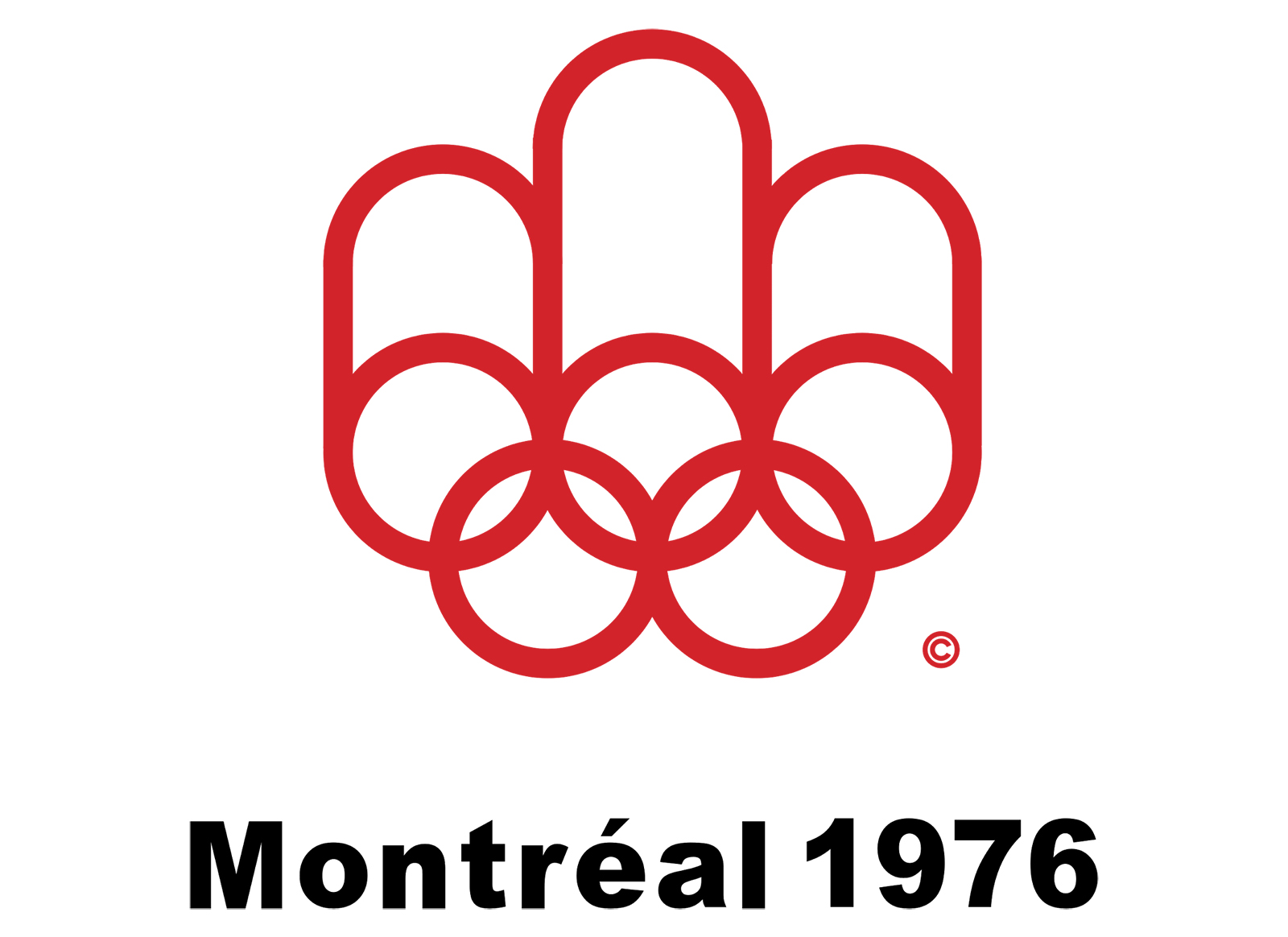

1980 | Moscow, Soviet Union
The Games of the XXII Olympiad in the Soviet Union (now defunct USSR) were the first held in a communist country. The games that ran from July 19 – August 3, 1980 was boycotted (led by US President Jimmy Carter) by 65 nations because of the Soviet war in Afghanistan. This, in turn, prompted the Soviet-led boycott of the 1984 Summer Olympics.
The bear “Misha” was chosen as the official mascot of the event. The mascot, designed by Victor Chizhikov, became more popular than the actual logo.
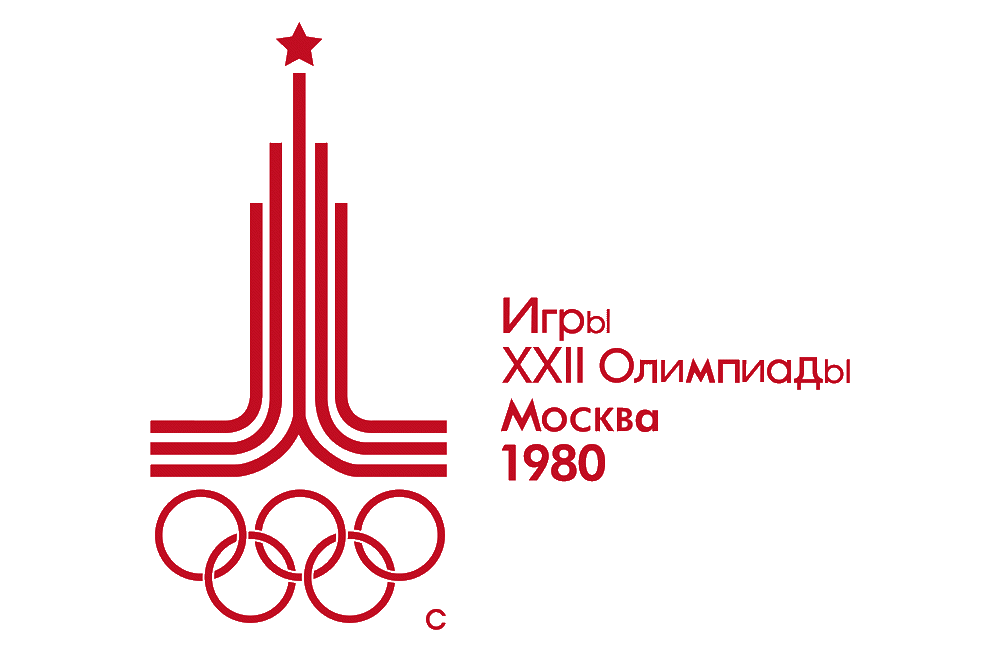
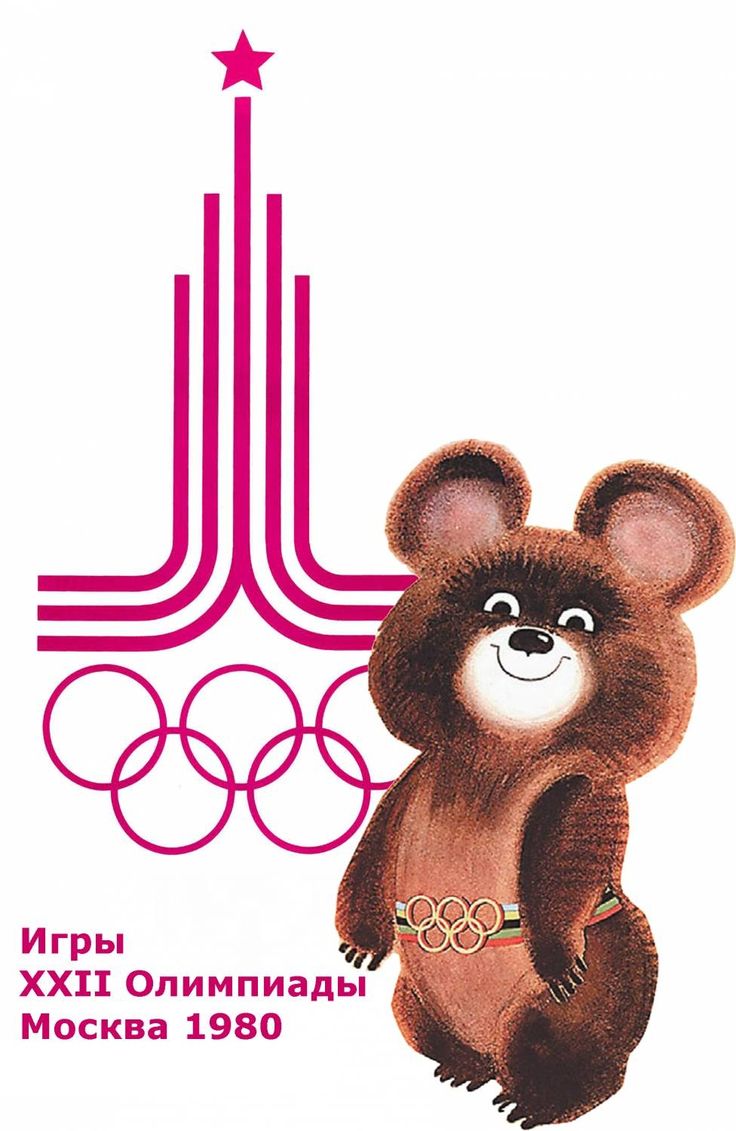
1984 | Los Angeles, United States
The Games of the XXIII Olympiad was hosted in Los Angeles, a second time for the city after the previous games in 1932. In response to the American-led boycott of the 1980 Olympics in Moscow, 14 Eastern Bloc countries (including Soviet Union, Cuba and East Germany) decided to boycott the games in Los Angeles.
The logo of the games featured five blue, white and red stars arranged horizontally and struck through with alternating streaks; it was named “Stars in Motion.” The official logo is owned by International Olympic Committee (IOC). The official mascot of the Los Angeles Games was “Sam” the bald Eagle, designed by Robert Moore from Walt Disney.
The International Olympic Committee voted in 1986 to separate the Summer and Winter Games, which had been held in the same year since 1924, and place them in alternating even-numbered years, beginning in 1994.
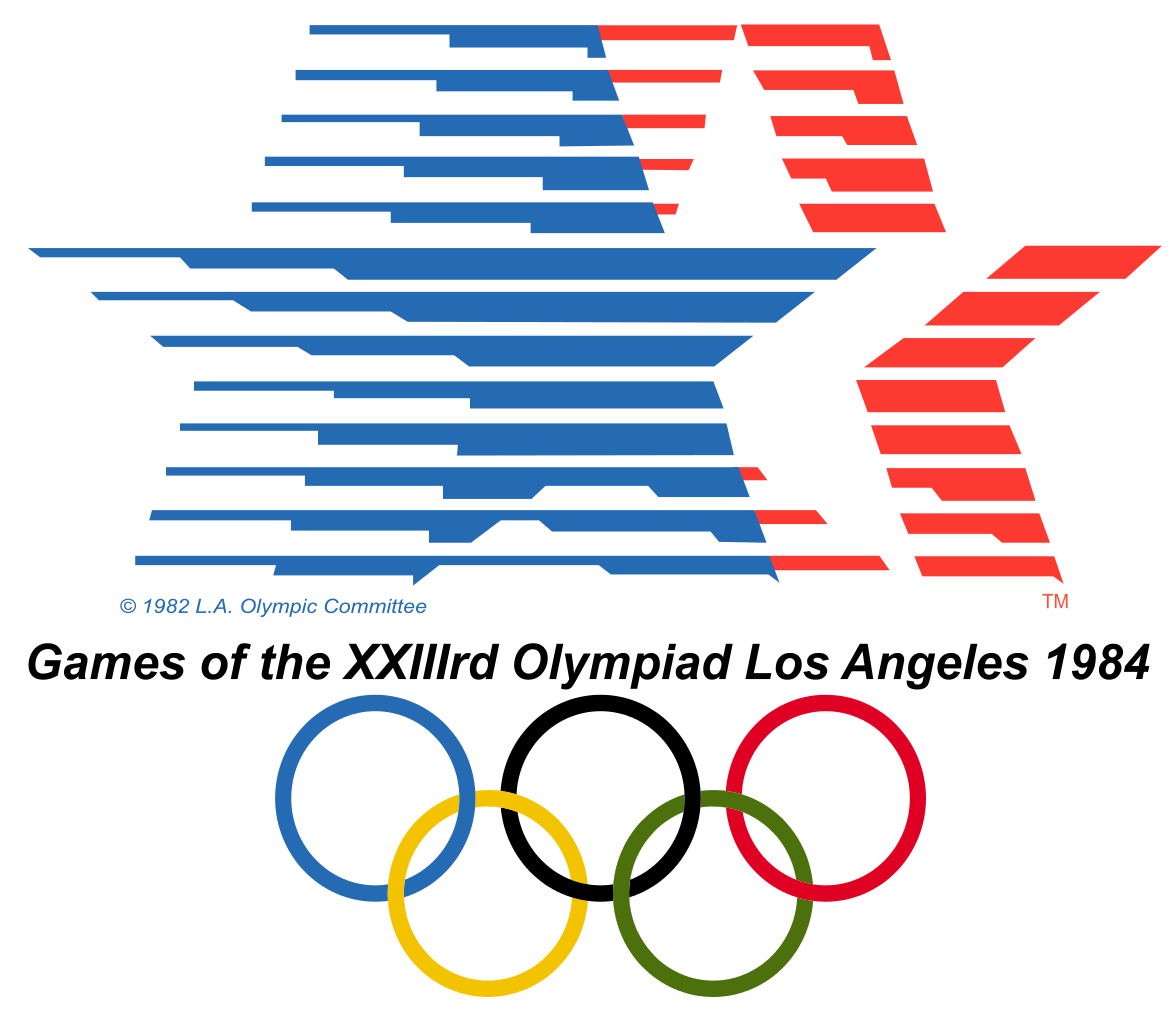
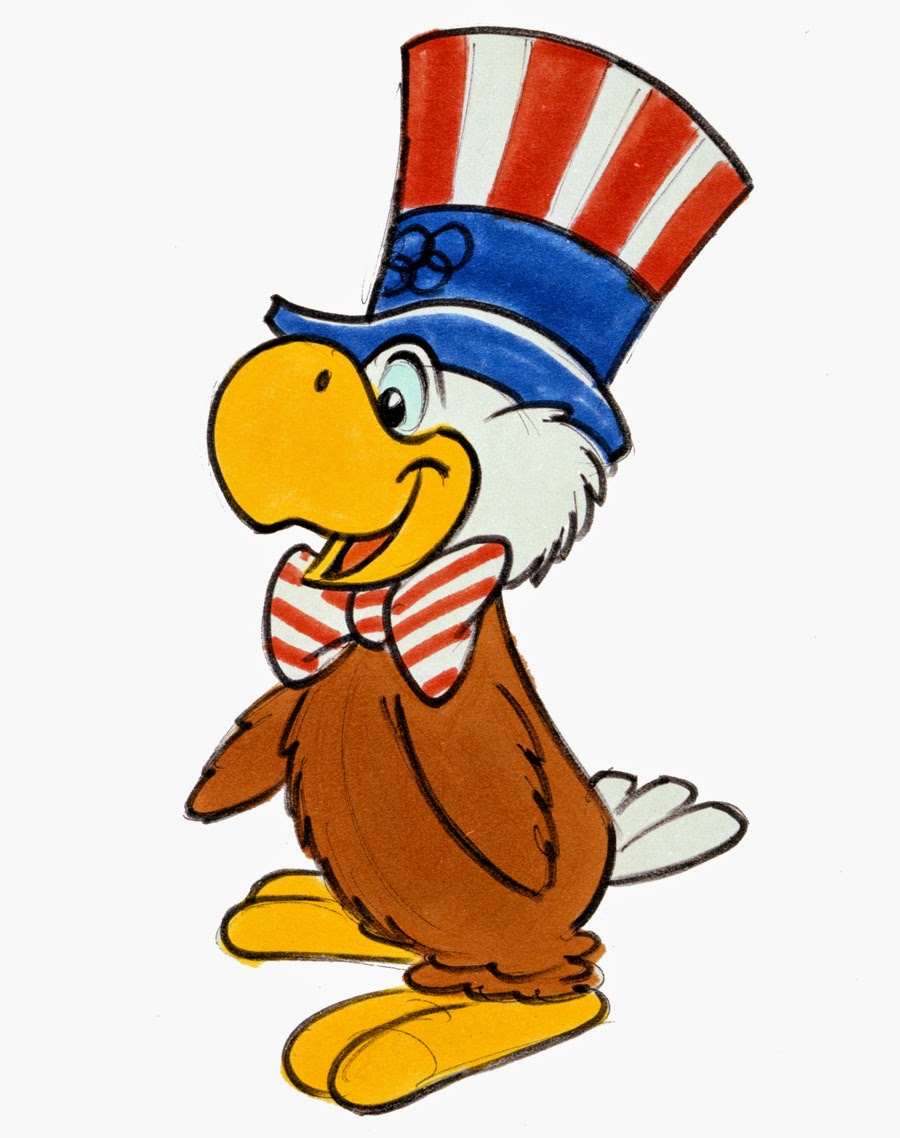
1988 | Seoul, South Korea
The Games of the XXIV Olympiad took place from September 17 – October 2, 1988, in Seoul, South Korea. It was the second summer Olympic Games to be held in Asia (the first in 1964 in Tokyo, Japan). These were the last games for the Soviet Union and East Germany, as both countries ceased to exist before the next Olympic Games.
“Hodori” the tiger cub (common in Korean legends), designed by Hyun Kim, was the official mascot for the games.
North Korea, and its allies, Albania, Cuba, Madagascar, and Seychelles boycotted the games. Larger boycotts seen in the previous three Summer Olympics were avoided, resulting in the largest ever number of participating nations during the Cold War era. 159 nations were represented by a total of 8,391 athletes: 6,197 men and 2,194 women.
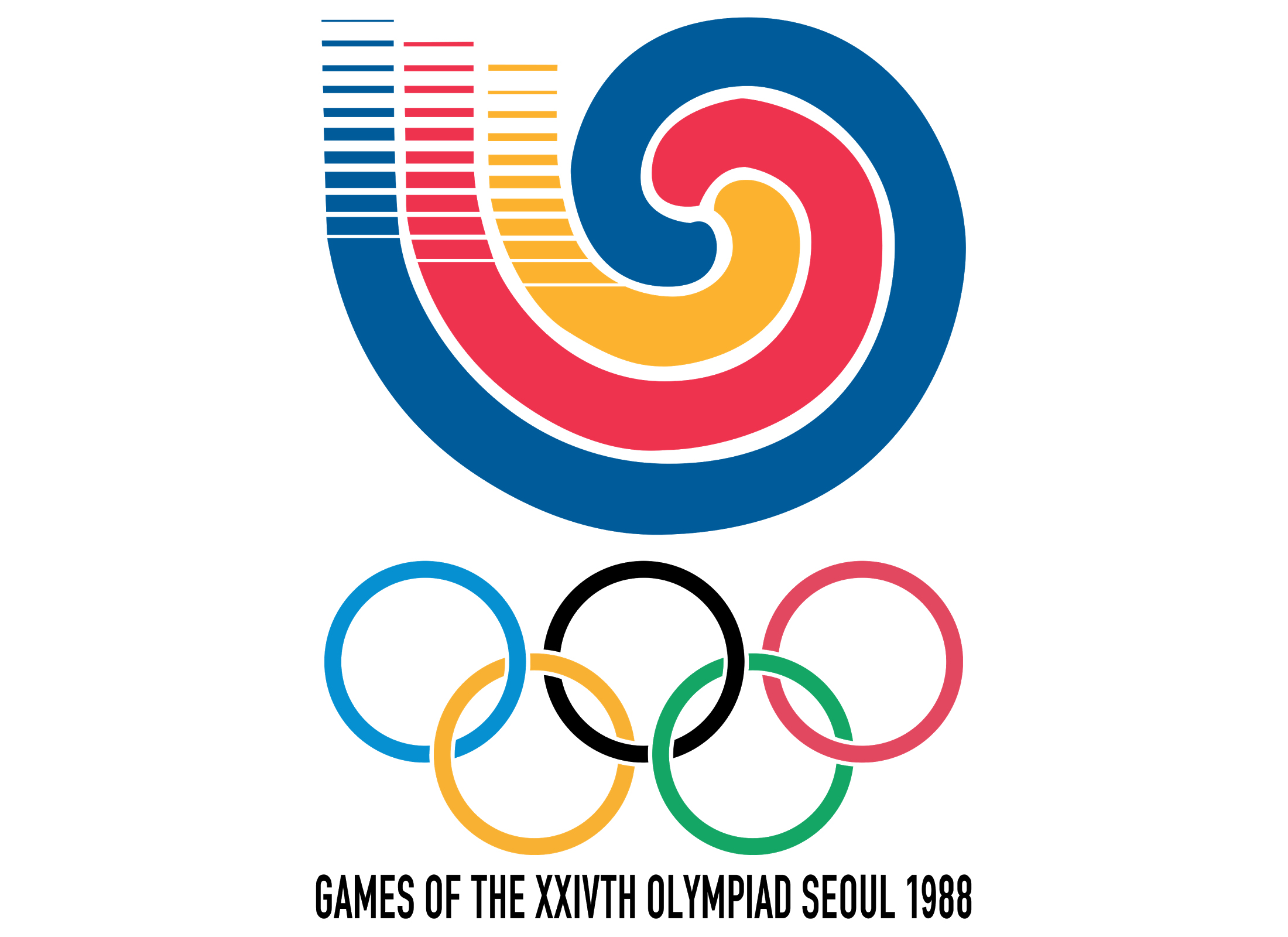
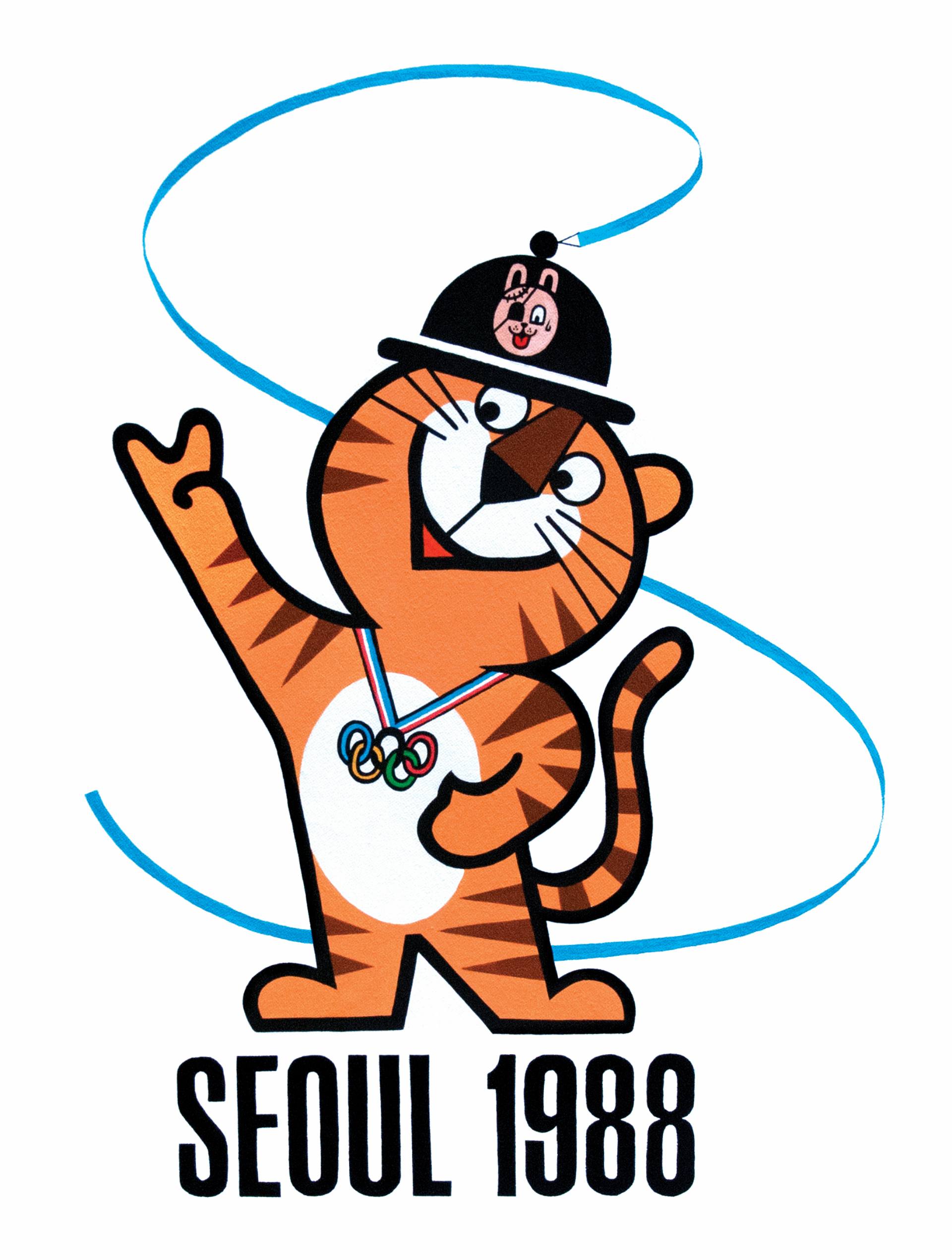
1992 | Barcelona, Spain
The Games of the XXV Olympiad in Spain were the first to be unaffected by boycotts since 1972. 9,356 athletes from 169 countries participated, making the event a great success.
The Catalan sheepdog “Cobi,” designed by Javier Mariscal, was the official mascot for the games.
South Africa was allowed to compete in the Olympic Games for the first time since the 1960 Summer Olympics due to its apartheid policy. A reunified Germany (1990) sent a single unified team for the first time since 1964 to the games. While a dissolved USSR (1991) and a separated Yugoslavia sent their individual teams.
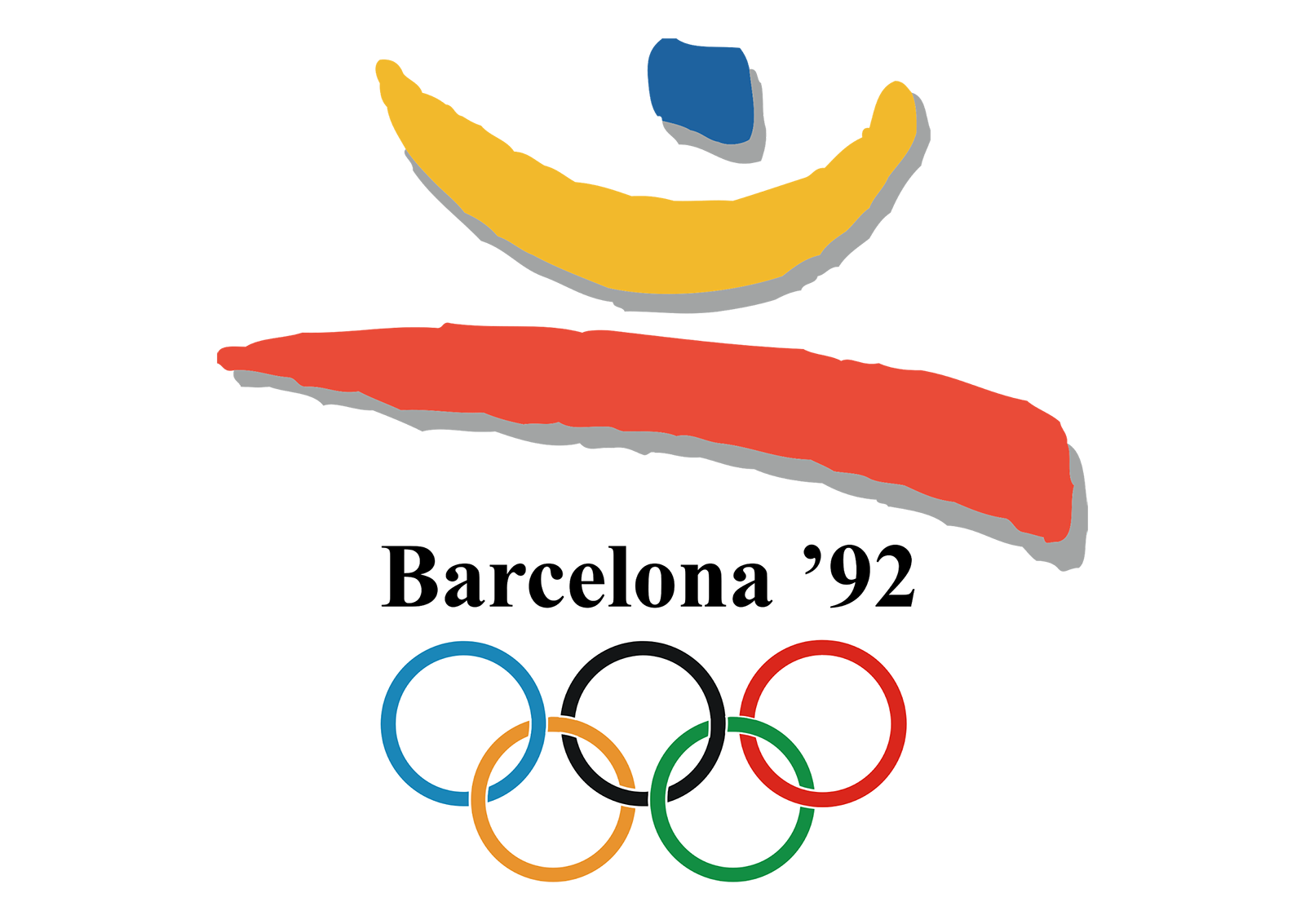
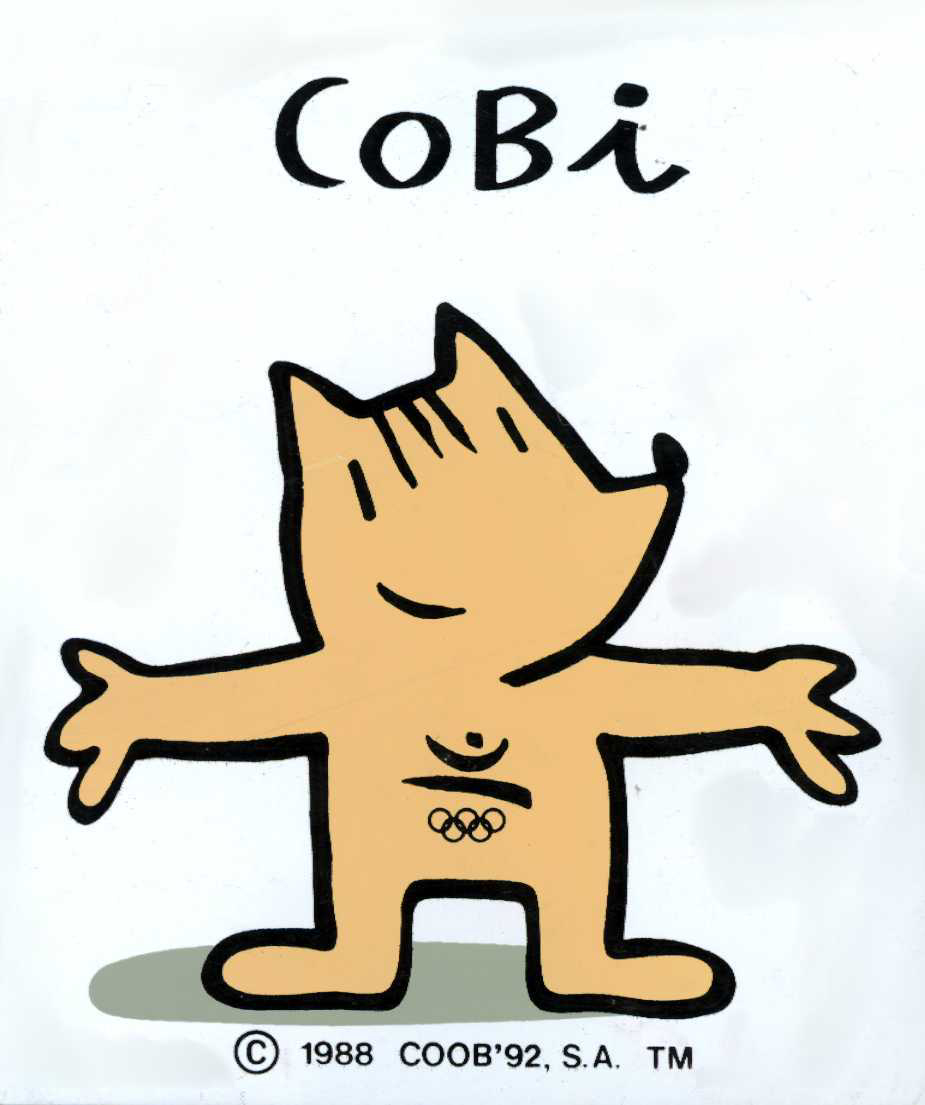
1996 | Atlanta, USA
In 1996, the Games of the XXVI Olympiad (unofficially the Centennial Olympic Games) was back in the United States for the third time. Atlanta was host to the Summer Olympics from July 19 – August 4, 1996. A record 197 nations, all current IOC member nations, took part in the Games, comprising 10,318 athletes.
The logo shows the Olympic flame, which blows from a cauldron created by the Olympic rings. The number “100” acts as the stand of the cauldron. The mascot for the games,designed by John Ryan, was an abstract, animated character named “Izzy”. It was the first computer-generated mascot for the games and was unlike the traditional mascots of national or regional significance.
The Olympiad’s official theme, “Summon the Heroes,” was written by John Williams, making it the third Olympiad at that point for which he had composed (1984 and 1988). The opening ceremony featured Céline Dion singing The Power of the Dream, the official theme song of the 1996 Olympics. Atlanta’s Olympic slogan “Come Celebrate Our Dream” was written by Jack Arogeti, a Managing Director at McCann-Erickson in Atlanta at the time.
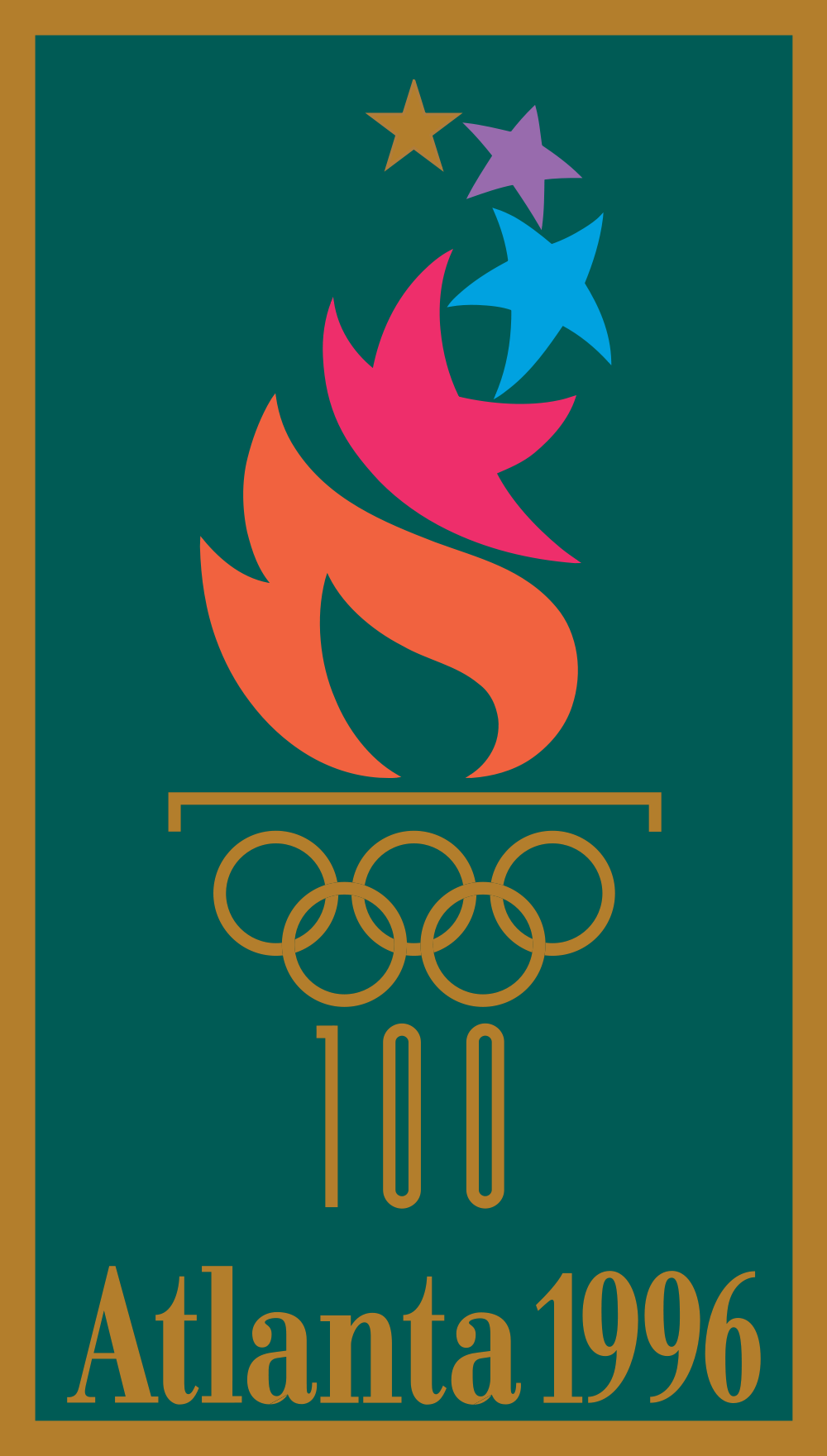

2000 | Sydney, Australia
Games of the XXVII Olympiad (Sydney 2000) or the Millennium Olympic Games/Games of the New Millennium was the second time the event was held in Australia (the first in 1956 in Melbourne) from September 15 – October 1, 2000. The city of Sydney was the host for 10,651 athletes from 199 to participate in 300 competitions.
The vivid logo design refers to the cultural heritage of the Aborigines (Australian natives).
The Sydney Olympics had four mascots: “Olly” (of Olympic), a Kookaburra, represents the spirit of generosity. “Syd” (of Sydney), a platypus, represent the environment and energy of the people of Australia. “Millie” (of Millenium), a Echidna, represents the Millennium. These three mascots, indigenous wild animals of Australia, were designed by Jozef Szekeres and Matthew Hatton. “Fatso the Fat-Arsed Wombat” (unofficial), a wombat, created by Paul Newell with Roy & HG was in protest against the commercialization of Olympic Mascots. The wombat ultimately became more popular than the official mascots.
The Games received universal acclaim, with the organization, volunteers, sportsmanship and Australian public being lauded in the international media.
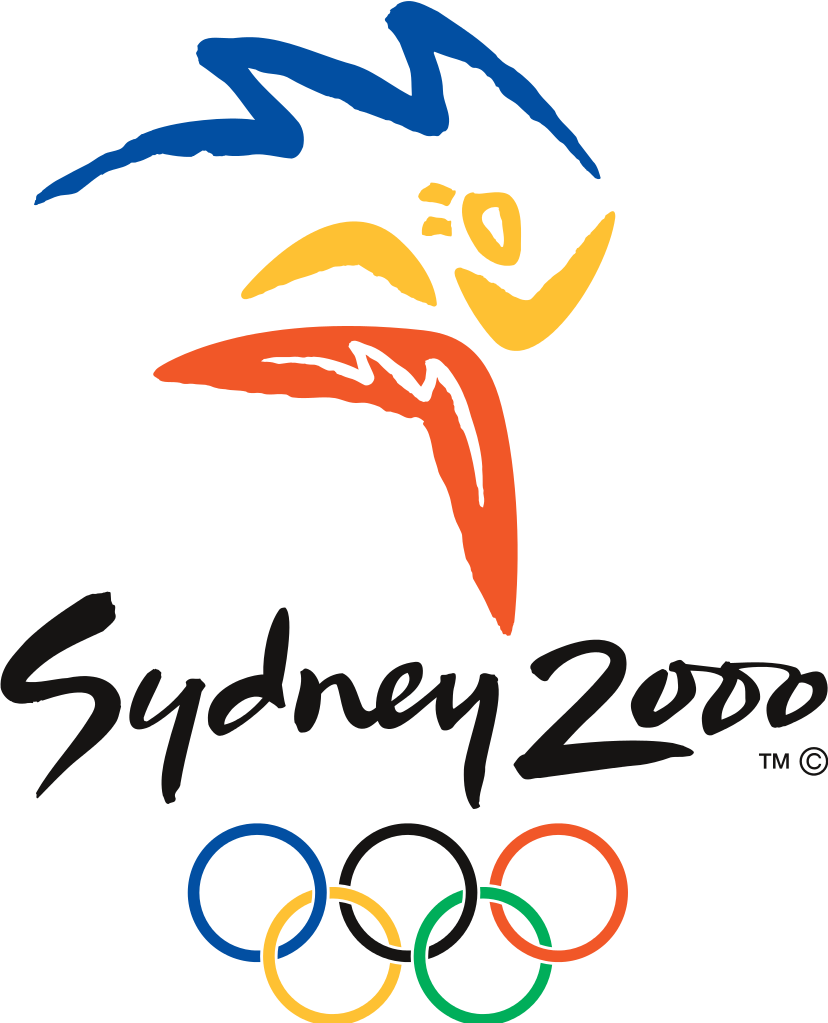
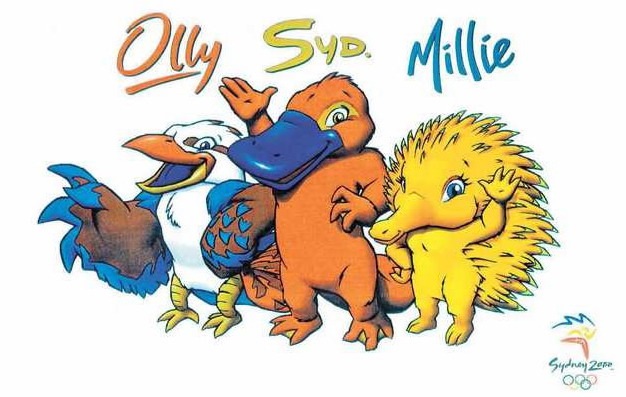
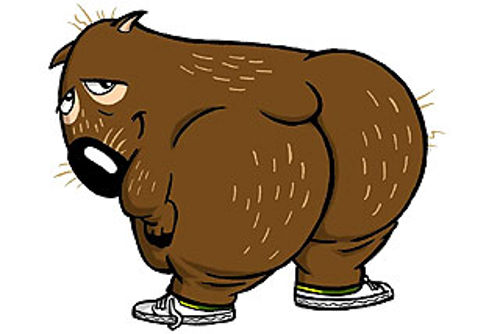
2004 | Athens, Greece
With the motto “Welcome Home,” the Games of the XXVIII Olympiad or Athens 2004 returned to its roots in 2004. It marked the return of the games to the city where it first began. The event welcomed 10,625 athletes from 201 countries, who participated in 301 competitions.
The simple, yet effective, logo design shows a white laurel wreath drawn on a light blue background. “Athens 2004” as well as the Olympic rings are set below the logo. “Athiná and Phévos,” the brother and sister resembling ancient Greek dolls, was the official mascot of the games. The design by Spyros Gogos were named after Athena (goddess of wisdom & war) and Phoebus (god of light and music)
A new medal obverse was introduced at these Games, replacing the design by Giuseppe Cassioli that had been used since the 1928 Games. It rectified the mistake of using a depiction of the Roman Colosseum rather than a Greek venue. The new design features the Panathenaic Stadium.


2008 | Beijing, China
The Games of the XXIX Olympiad or Beijing 2008 was held in Beijing from August 8 – August 24, 2008, with a total of 10,942 athletes from 204 nations in attendance who competed in 28 sports and 302 events. The equestrian events were held in Hong Kong, making it the third time the events of the same Olympics were held under the jurisdiction of two different National Olympic Committees. There were 43 world records and 132 Olympic records set at the 2008 Summer Olympics. An unprecedented 86 countries won at least one medal during the Games.
The official logo of the Games, titled “Dancing Beijing”, refers to the host city by featuring a stylized calligraphic character jīng (京, meaning capital). The mascots of Beijing 2008 were five “Fuwa” (福娃 “good-luck dolls”) were designed by Han Meilin. The five “Fuwa” are Beibei, Jingjing, Huanhuan, Yingying and Nini. Together, the names form the sentence “北京欢迎你”, or “Beijing huanying ni,” which means “Beijing welcomes you.” Each of the mascots represents an Olympic ring and a Feng Shui element: Beibei 贝贝 (Blue, water, Europe), Jingjing 晶晶 (Black, wood, Africa), Huanhuan 晶晶 (Red, fire, America), Yingying 迎迎 (Yellow, earth, Asia) and Nini 妮妮 (Green, metal, Oceania). The designer has since disassociated himself from and disowned the design (supposedly from superstitions).
The official motto for the 2008 Olympics was “One World, One Dream” (同一个世界 同一个梦想). It called upon the whole world to join in the Olympic spirit and build a better future for humanity. The theme song of the 2008 Olympic Games was “You and Me,” which was composed by Chen Qigang, the musical director of the opening ceremony. It was performed during the opening ceremony by Chinese singer Liu Huan and British singer Sarah Brightman.
No games were without its controversy and Beijing 2008 was not spared. Politicians and non-governmental organizations criticized the choice of China as Olympic host because of the country’s human rights record (especially in Tibet).


2012 | London, United Kingdom
The Games of the XXX Olympiad aka London 2012, returned to the city for the third time (previously hosting in 1908 and in 1948). London became the first and only city to host the modern Olympic Games three times. Held from July 27 and August 12, 2012, London welcomed 10,765 athletes from 204 countries. The London 2012 Games became the first at which every sport had female competitors.
Despite controversial and negative reactions, (there were two initial designs) this logo by Wolff Olins was chosen to represent London 2012. Abstract shapes were arranged to spell out “2012”. “London” and the Olympic rings have been placed inside the shapes. The official London 2012 Olympic typeface was called Headline 2012 and it too suffered some criticism.
“Wenlock and Mandeville” the official mascots of the game representing drops of steel steel from a steelworks in Bolton was designed by Iris. They were named after the village of Much Wenlock in Shropshire, which hosted a precursor to the modern Olympic Games in the 19th century and Stoke Mandeville, a village in Buckinghamshire where a forerunner of the Paralympic Games was first held. It represents the UK’s start of the Industrial Revolution. Both the logo and mascots were very much disparaged.
The opening ceremony “Isles of Wonder,” directed by Danny Boyle, received widespread acclaim throughout the world. “Survival” by Muse was the official song of the Olympics.
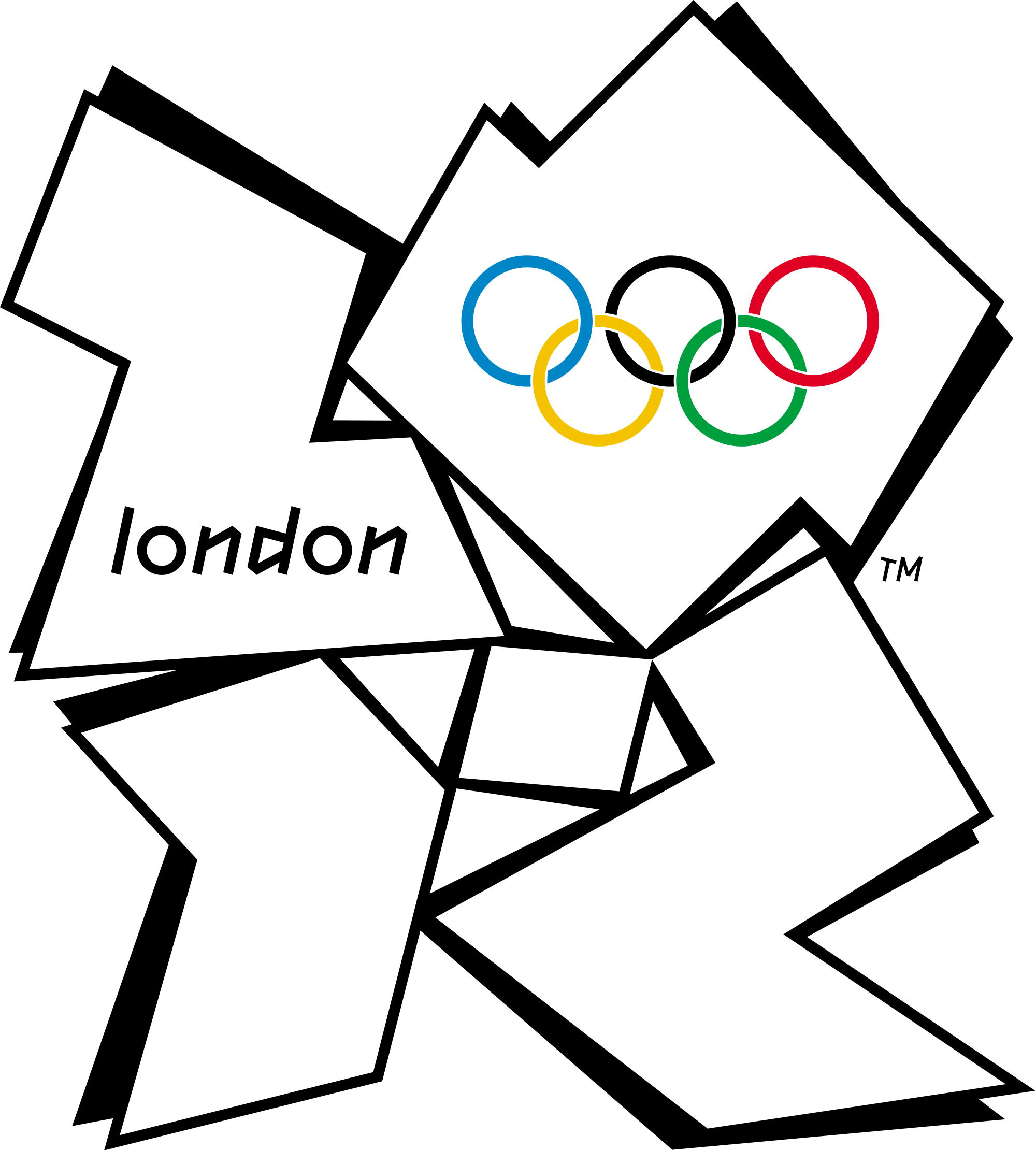
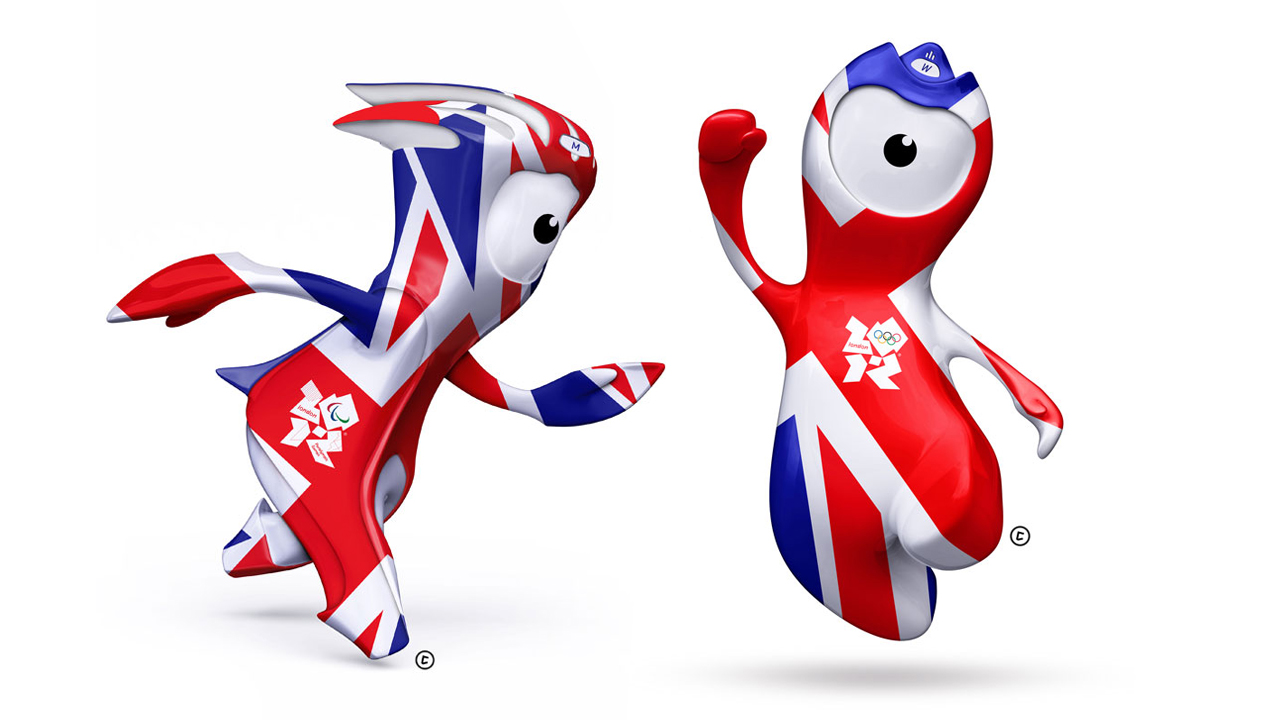
2016 | Rio de Janeiro, Brazil
The Games of the XXXI Olympiad or Rio 2016 will be held in Rio de Janeiro, Brazil from August 5 – August 21, 2016. It is said to have a record number of participants: more than 10,500 athletes from 206 nations. This is the first time the games will be hosted by a South American, Portuguese-speaking country and during the host country’s winter season.
The official emblem for Rio 2016 was designed by the Brazilian agency Tatíl Design. It represents three figures, in yellow, green, and blue (colors of the Brazilian flag), joined at the arms and in an embrace, with the overall shape reflecting that of Sugarloaf Mountain. The logo was based on four concepts: contagious energy, harmonious diversity, exuberant nature, and Olympic spirit. Much like that later Tokyo 2020 logo, this logo is alleged to have been plagiarized.
“Vinicius and Tom,” an animal carrying traits of all Brazillian mammals and wildlife, is the official mascot of the games. It is named after the poet and bossa nova composer Vinicius de Moraes and is designed by Luciana Eguti and Paulo Muppet.
The lead-up to these games have been marked by political controversies—including the corruption and instability of the country’s federal government, as well as prominent health and safety concerns surrounding the Zika virus and significant pollution in the Guanabara Bay. The latest news states that Russia may be banned from the games.
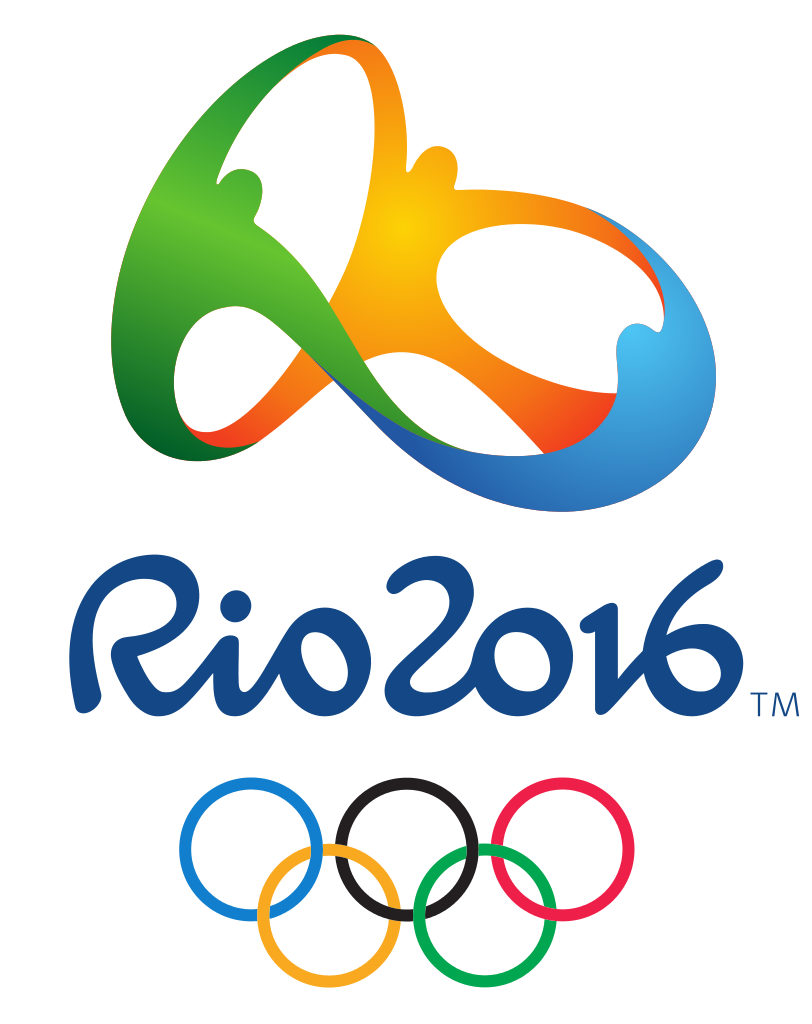
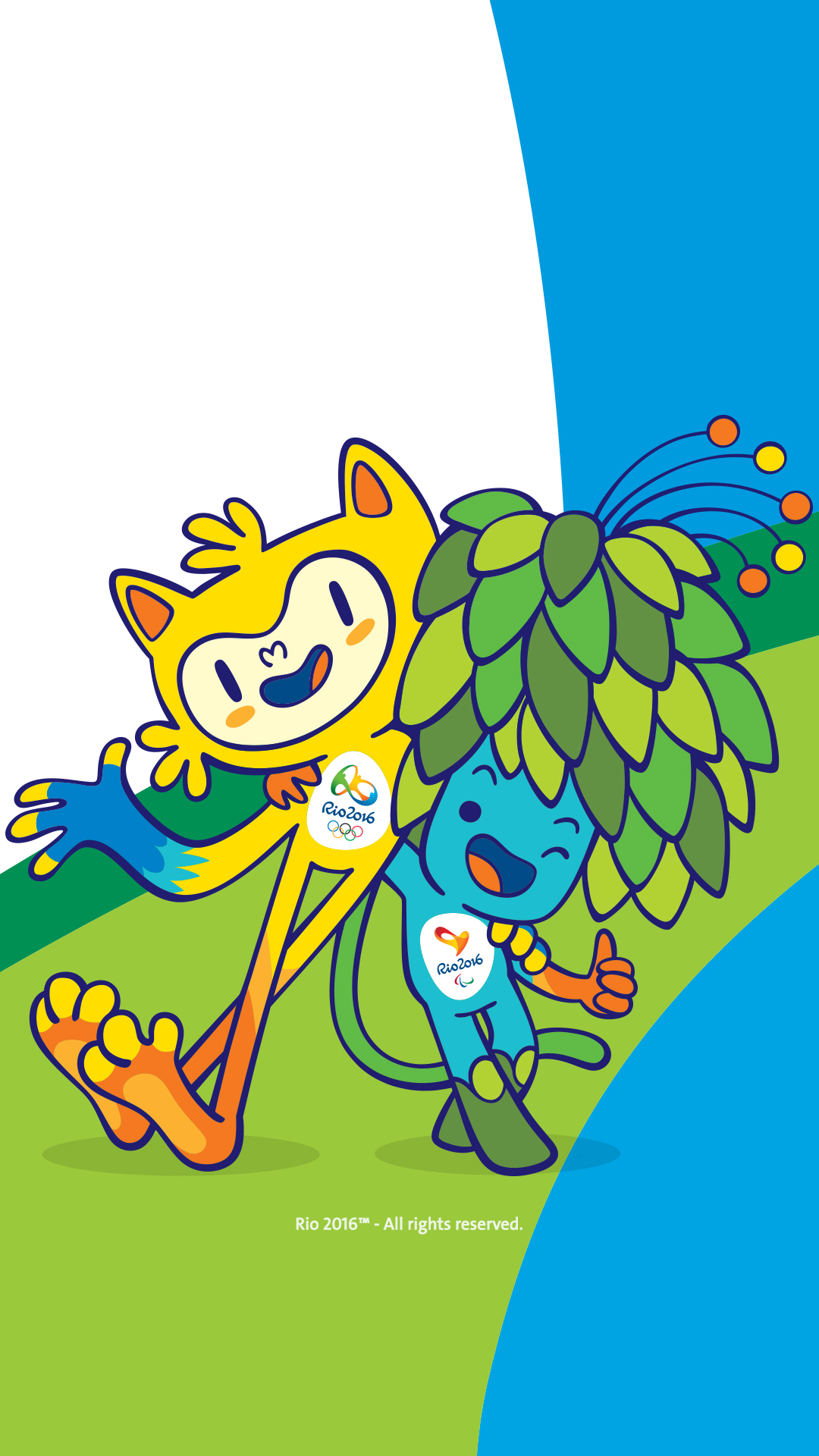
2020 | Tokyo, Japan
The Games of the XXXII Olympiad or Tokyo 2020 are planned to be held from 24 July to 9 August 2020 in Tokyo. The city previously hosted the 1964 Summer Olympics.
The official logo for Tokyo 2020 is designed by Asao Tokoro. It takes the form of a ring in an indigo-colored checkerboard pattern. The design is meant to “express a refined elegance and sophistication that exemplifies Japan.” This design replaced a previous logo which had been scrapped due to allegations that it plagiarized the logo of a Belgium theater.
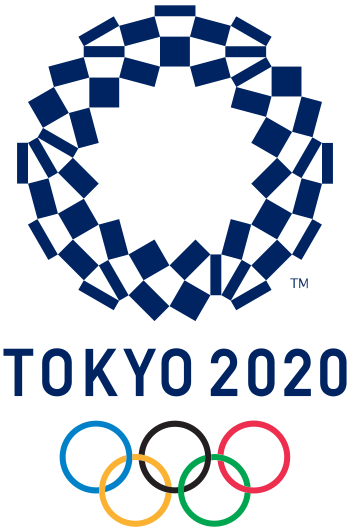
credit original source weandthecolor.com

